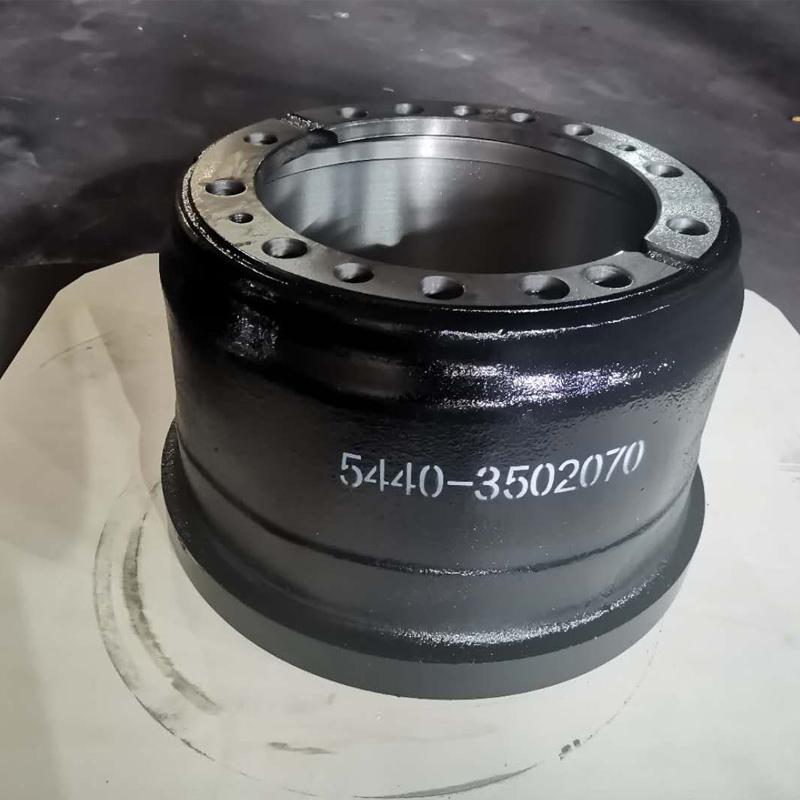Nov . 12, 2024 02:25 Back to list
crane brake drum
Understanding Crane Brake Drums Importance, Types, and Maintenance
In the realm of heavy machinery, cranes stand out as pivotal equipment used in construction, shipping, and many other industries. A crucial component of crane safety and functionality is the brake system, particularly the brake drum. Understanding the significance, types, and maintenance of crane brake drums is essential for ensuring safe and efficient operations.
The Importance of Brake Drums
Brake drums play a vital role in the braking system of cranes by providing a surface for brake shoes to clamp onto, thus slowing down or stopping the crane's movement. The performance of the brake system directly impacts the safety of both the crane operator and the surrounding workers. Failure of the brake drum due to wear and tear can lead to catastrophic incidents, including uncontrolled movements or inability to stop quickly in emergency situations. Therefore, regular inspection and maintenance of brake drums are critical.
Types of Crane Brake Drums
Crane brake drums can be categorized into several types based on their design and functionality. The most common types include
1. Friction Brake Drums These are traditional brake drums that utilize friction to create the necessary resistance for stopping the crane. They are usually made from cast iron or steel, providing durability and heat resistance.
2. Hydraulic Brake Drums These systems use hydraulic fluid to actuate the brakes. Although more complex, hydraulic systems offer smoother and more controlled braking, which is crucial for precision in crane operations.
3. Electromagnetic Brake Drums These use an electromagnetic field to apply pressure to the brake drum when power is supplied. This results in instant braking and is often utilized in environments where high responsiveness is essential.
4. Spring-Loaded Brake Drums In these systems, springs are used to engage the brakes. When power is lost, the springs automatically apply the brakes, ensuring a fail-safe mechanism.
crane brake drum

Choosing the right type of brake drum for a specific crane application involves considering factors such as load capacity, frequency of use, and environmental conditions.
Maintenance of Crane Brake Drums
Maintaining brake drums is imperative for ensuring their efficiency and longevity. Here are some key maintenance practices
1. Regular Inspections Conducting routine inspections of brake drums is essential. Look for signs of wear, such as grooves or cracks, which can significantly affect braking performance.
2. Cleaning Accumulation of dust and debris can impair the braking system. Regularly clean the brake drum and the surrounding components to ensure optimal performance.
3. Adjustments Proper adjustment of the brake shoes is crucial for maximizing contact with the drum surface. Misalignment can lead to uneven wear and compromised braking efficiency.
4. Replacement Depending on the inspection results, timely replacement of worn-out brake drums is necessary. Delaying replacement can lead to severe operational risks.
5. Lubrication Ensure that all moving components of the brake system are well-lubricated to reduce friction and wear.
6. Training Operators should be trained to recognize signs of brake wear and the importance of routine maintenance, fostering a culture of safety and vigilance.
In conclusion, crane brake drums are fundamental to the safe operation of cranes in various industries. Understanding their types, roles, and the importance of maintaining them is vital for preventing accidents and ensuring smooth operations. By prioritizing regular inspection, proper maintenance, and operator training, organizations can enhance crane safety, minimize downtime, and contribute to a more efficient work environment. As technology evolves, so too will the designs and materials used in crane brake systems, but the fundamental principles of safety and maintenance will always remain paramount.
-
Durable Brake Drum MAZ for Heavy Duty Trucks | High Performance
NewsAug.26,2025
-
FUWA: Premium Quality, Reliable Performance & Innovative Solutions
NewsAug.25,2025
-
Liza Brake Drum: Superior Quality & Performance for Safe Driving
NewsAug.24,2025
-
Iveco Brake Drum | Premium OE Quality for Daily & Eurocargo
NewsAug.22,2025
-
Your Brake Drum Man: Quality & Performance Parts
NewsAug.21,2025
-
Explore Japan: Ultimate Travel Guide & Authentic Experiences
NewsAug.19,2025
